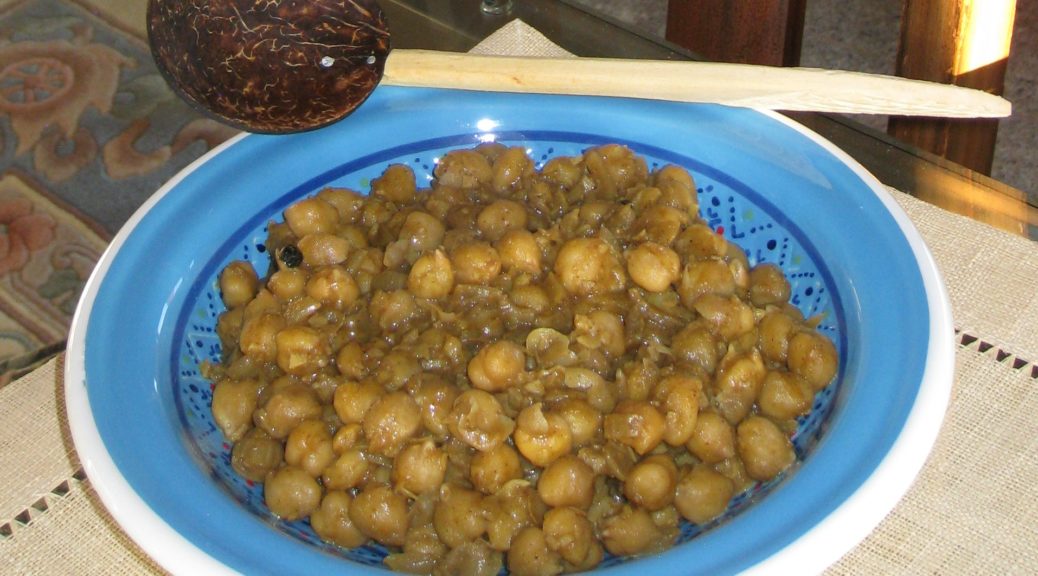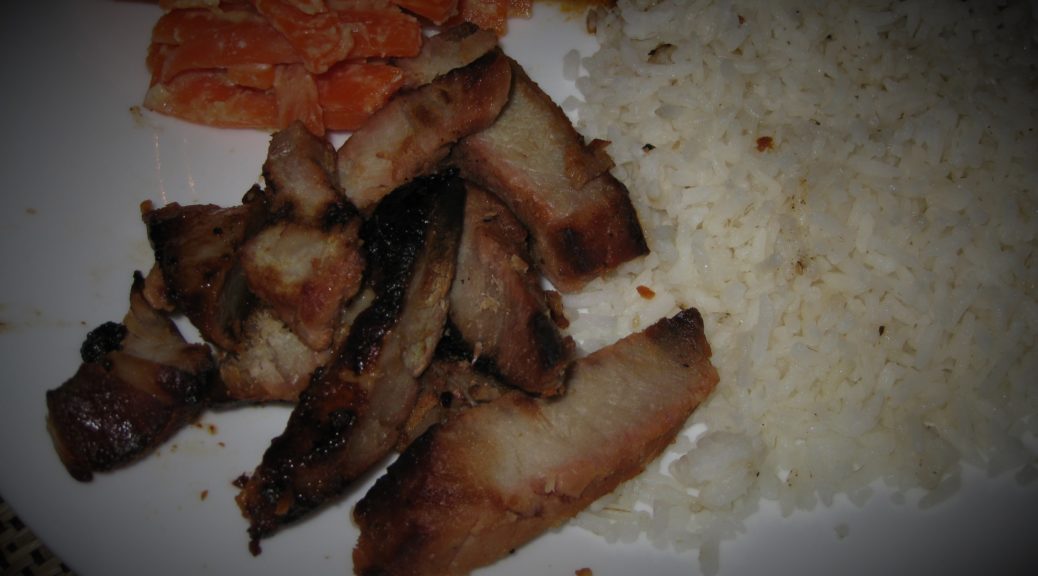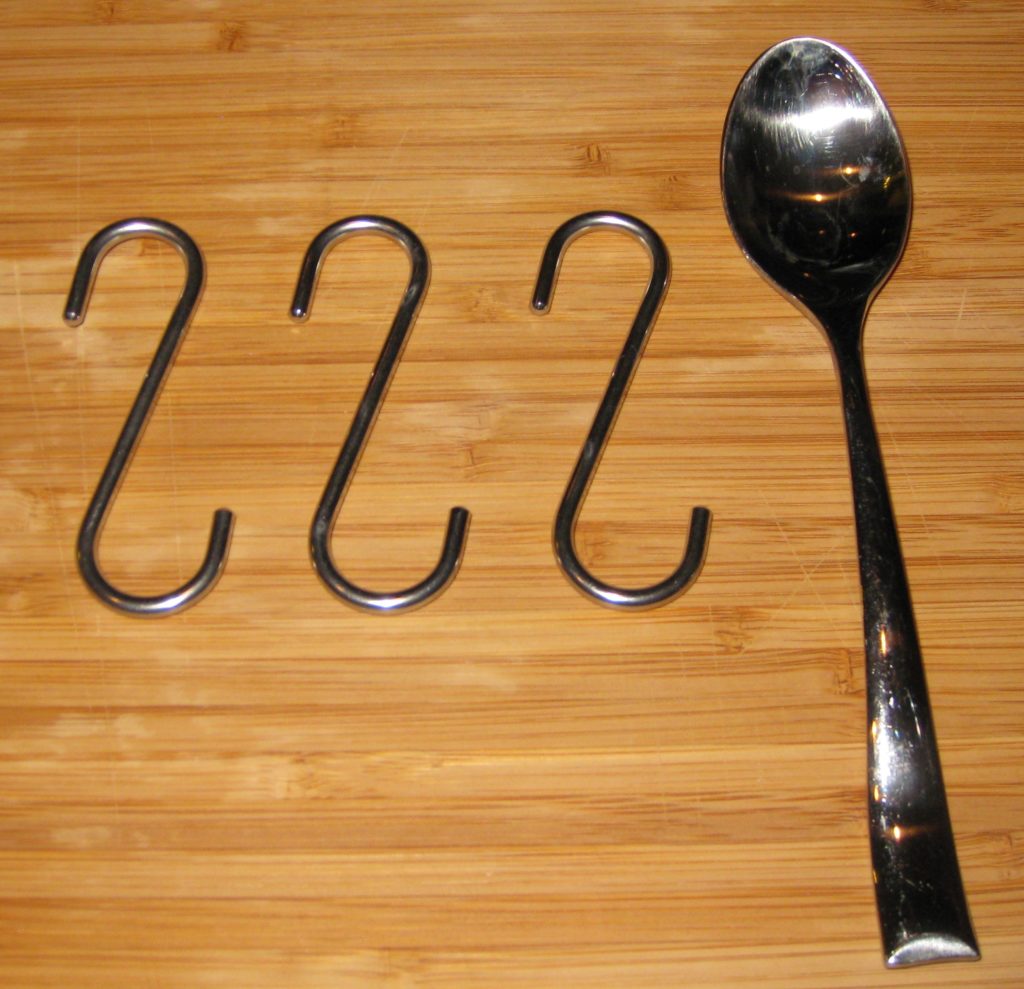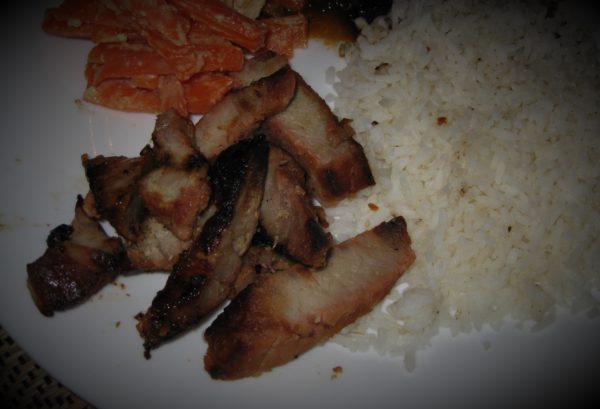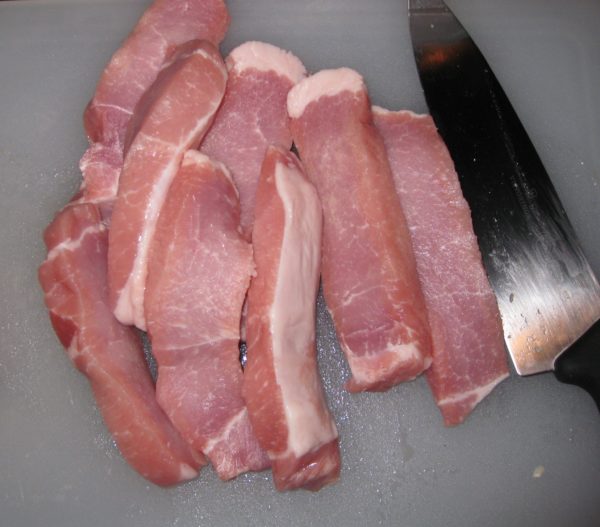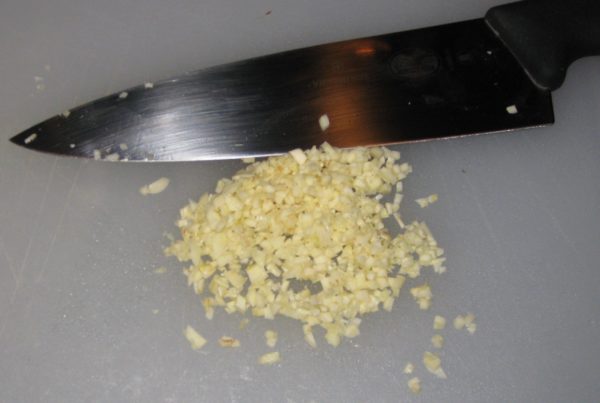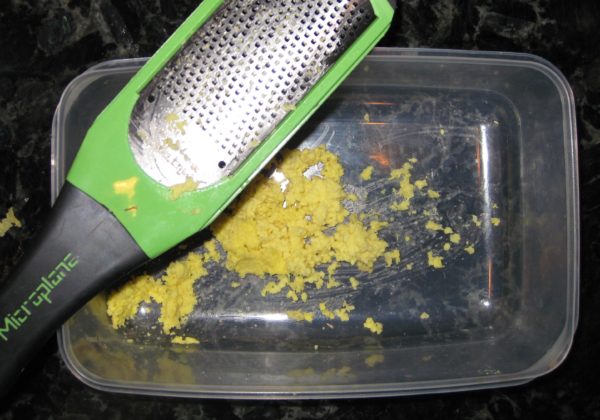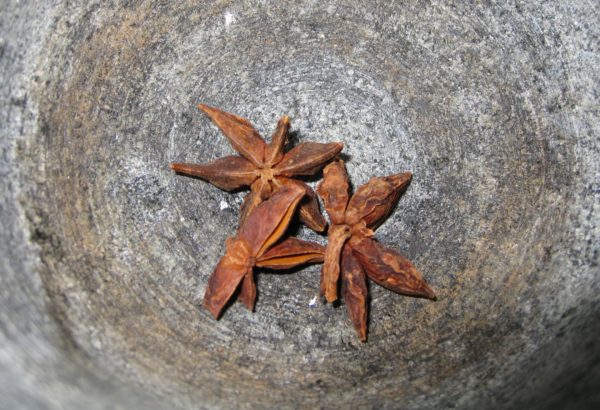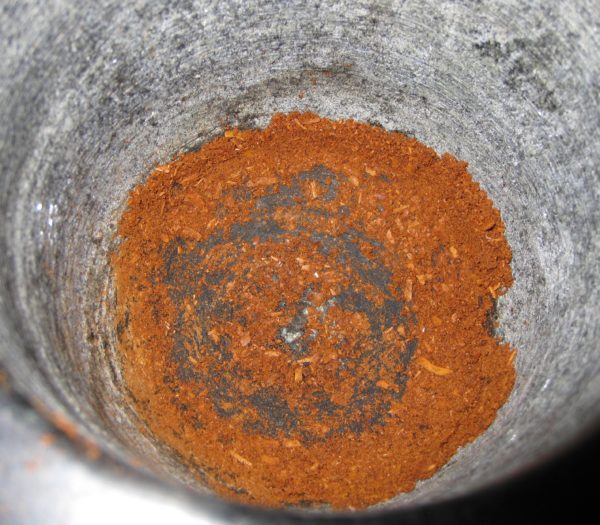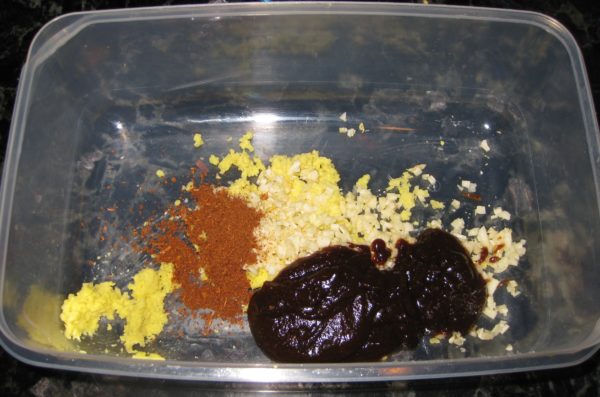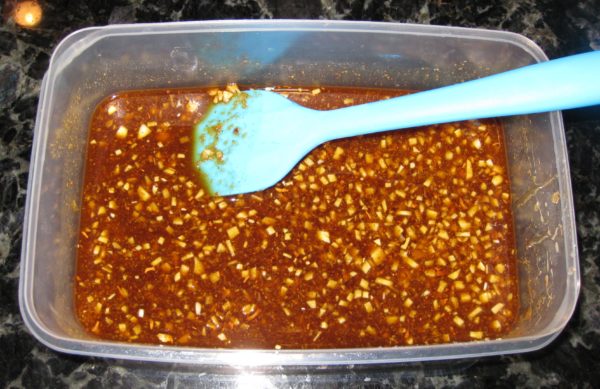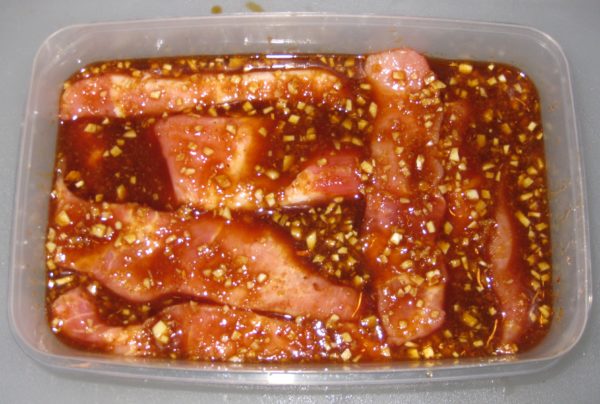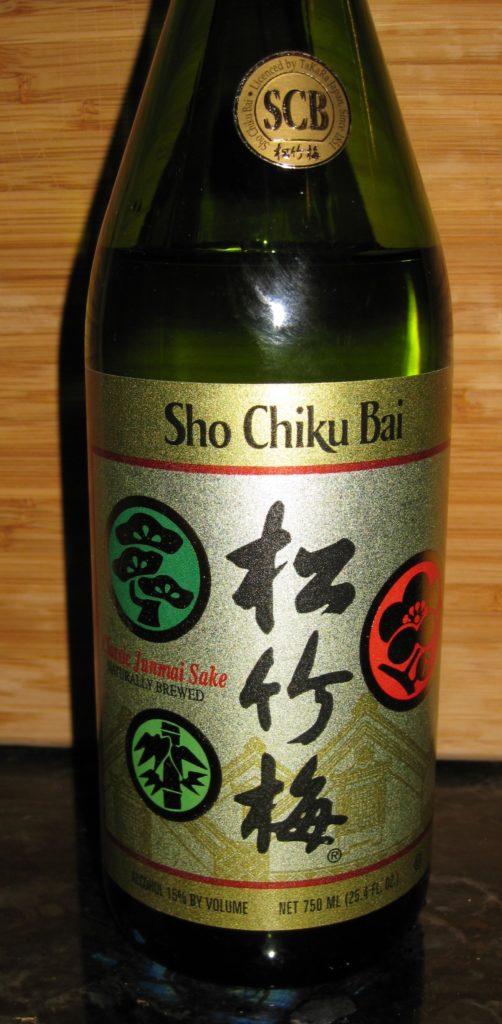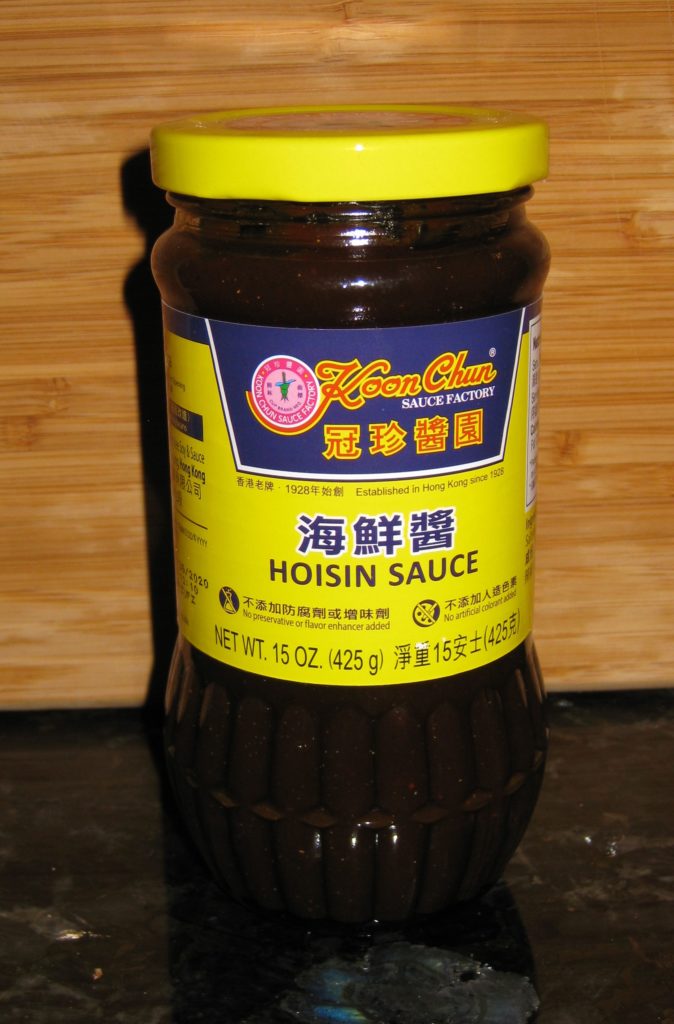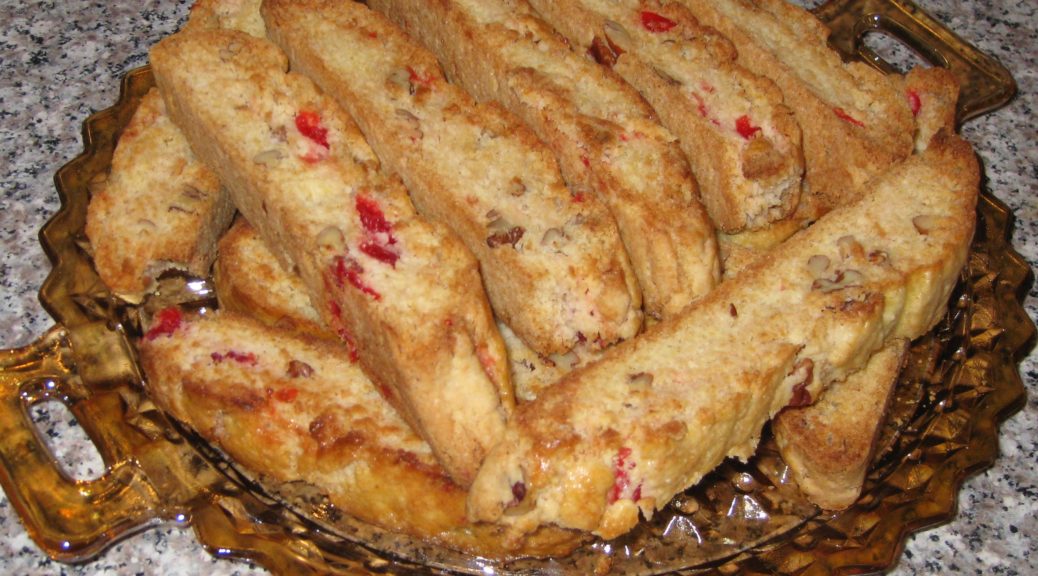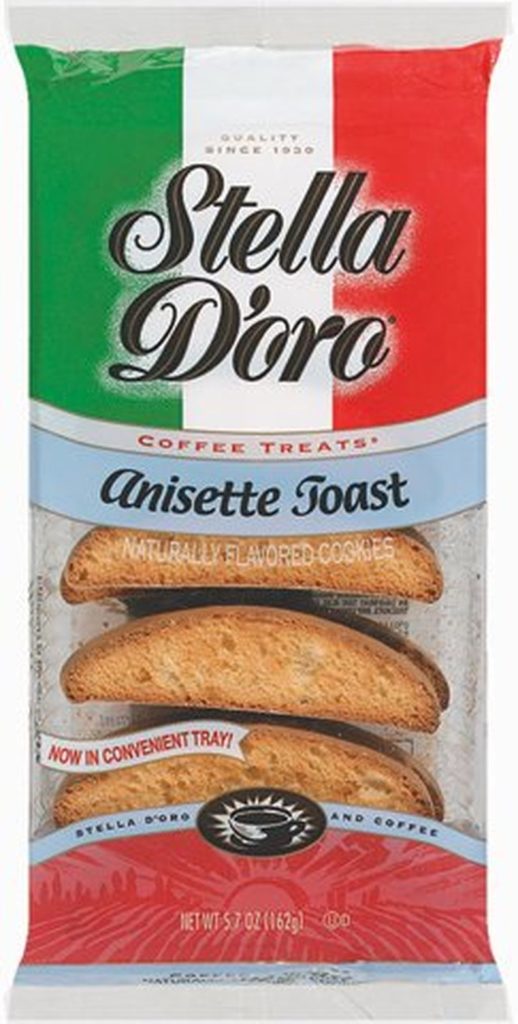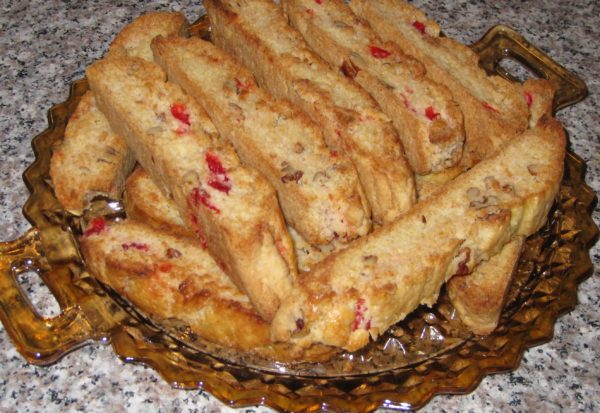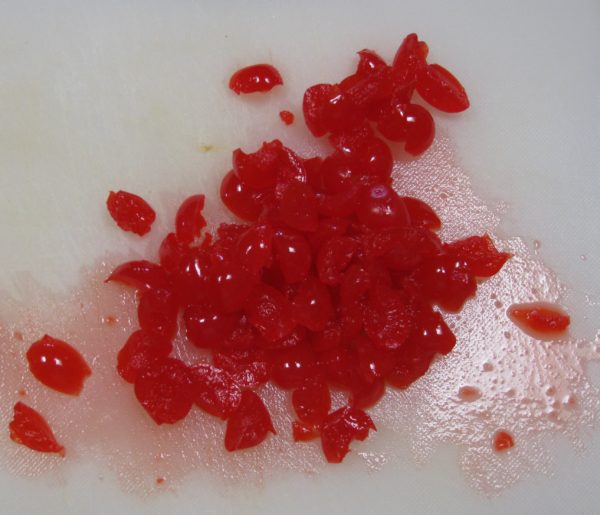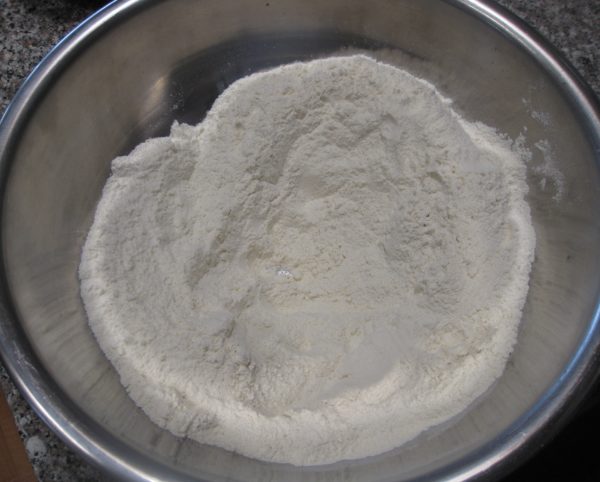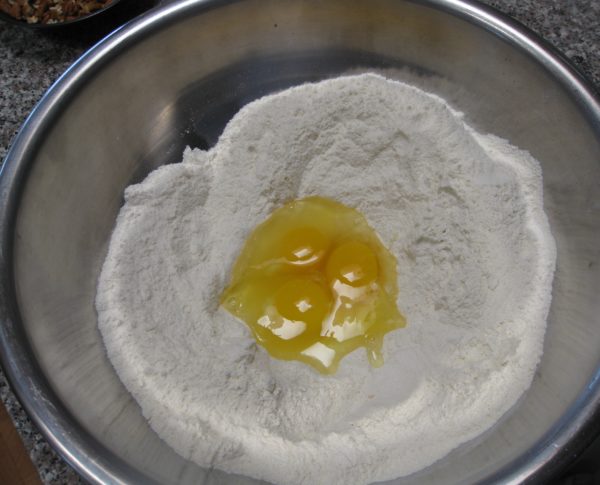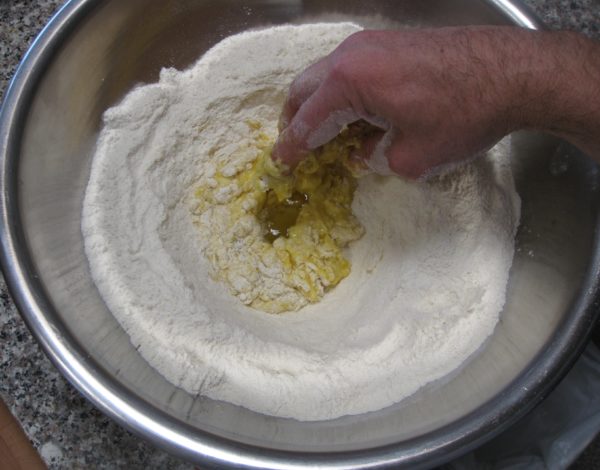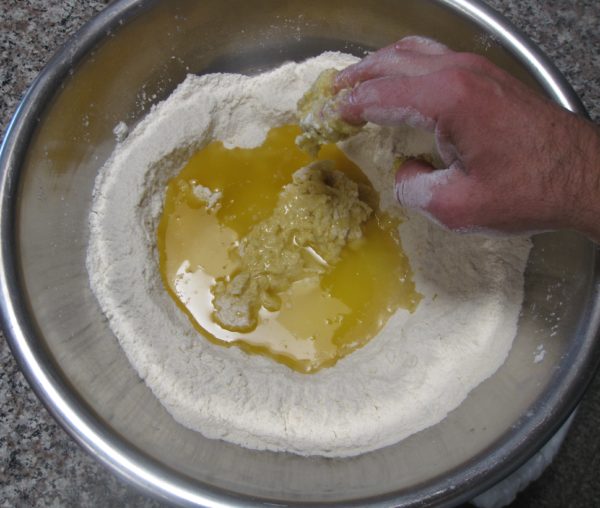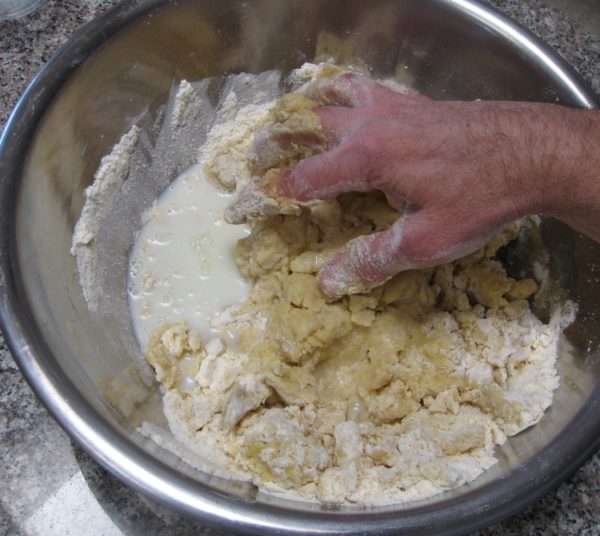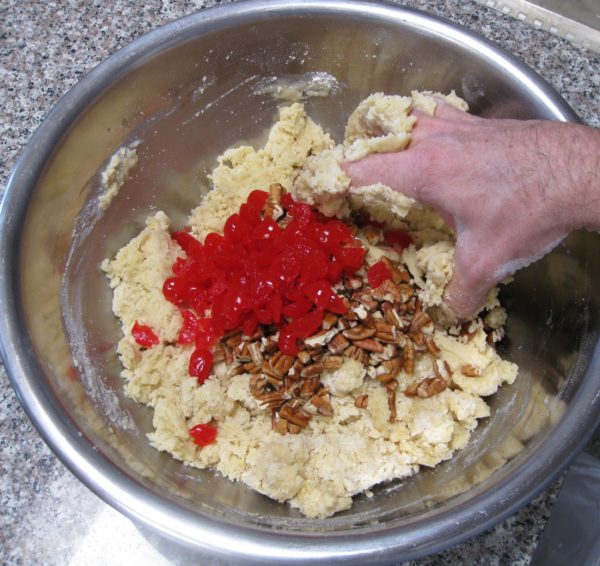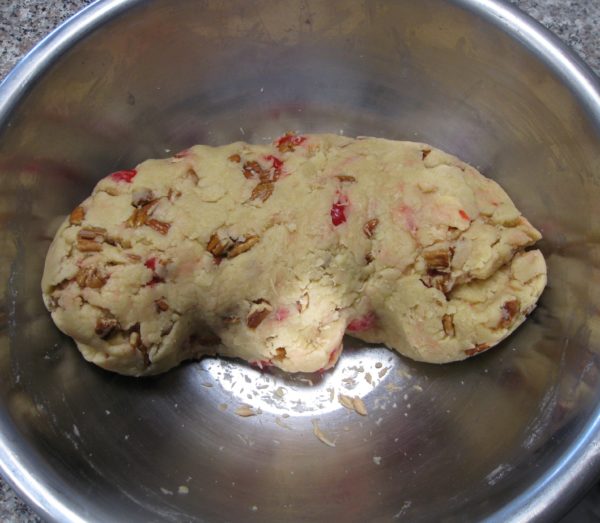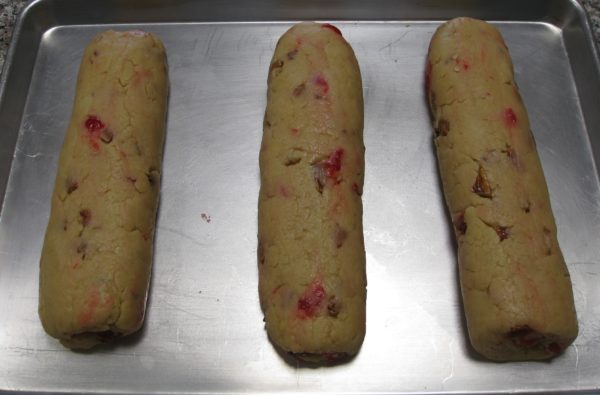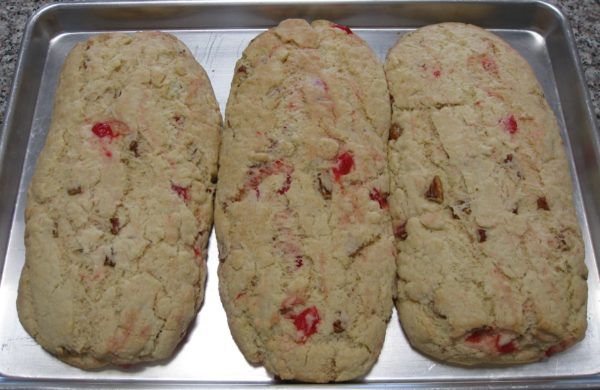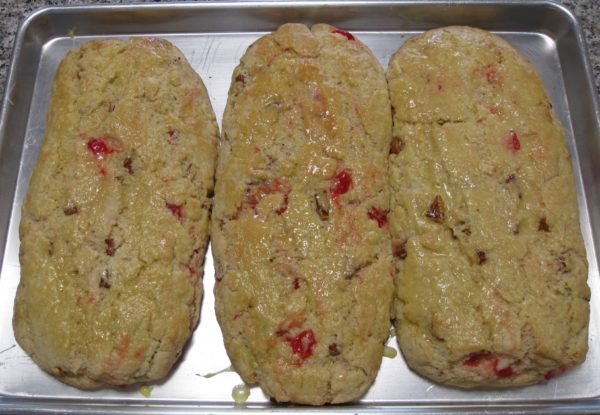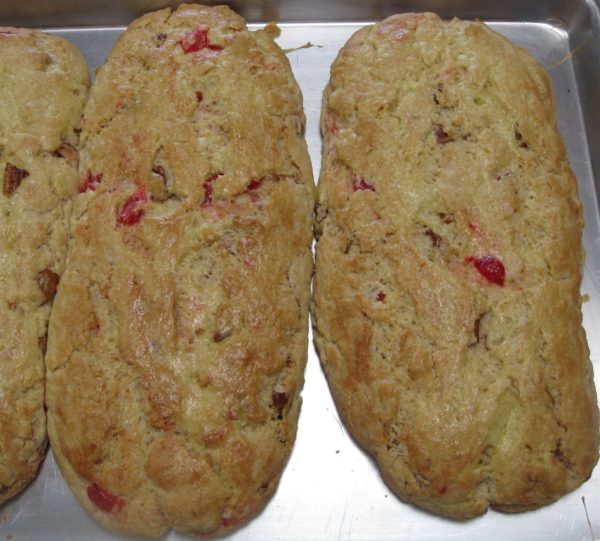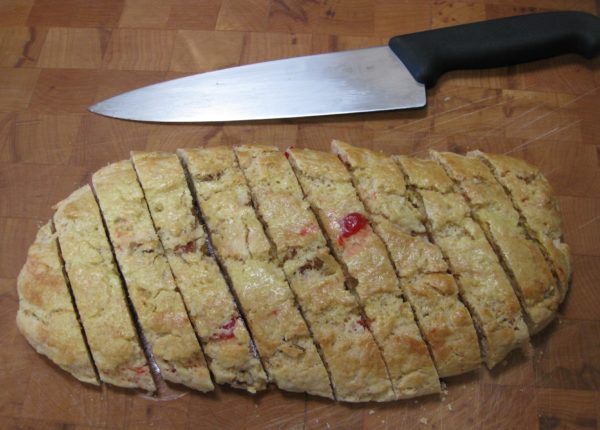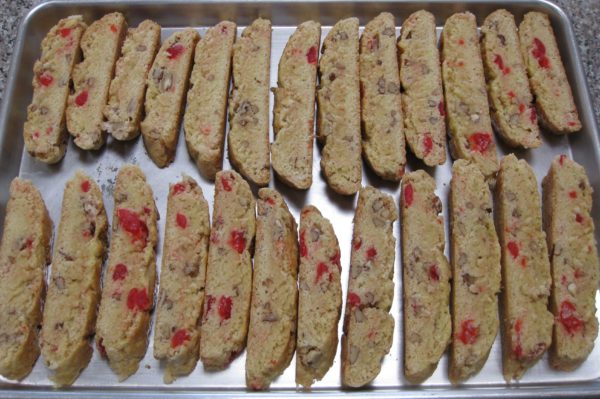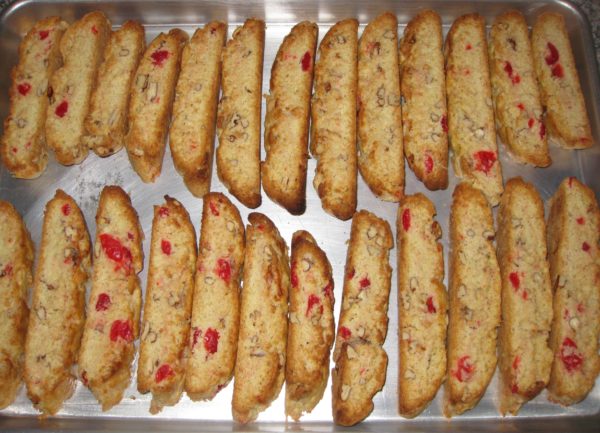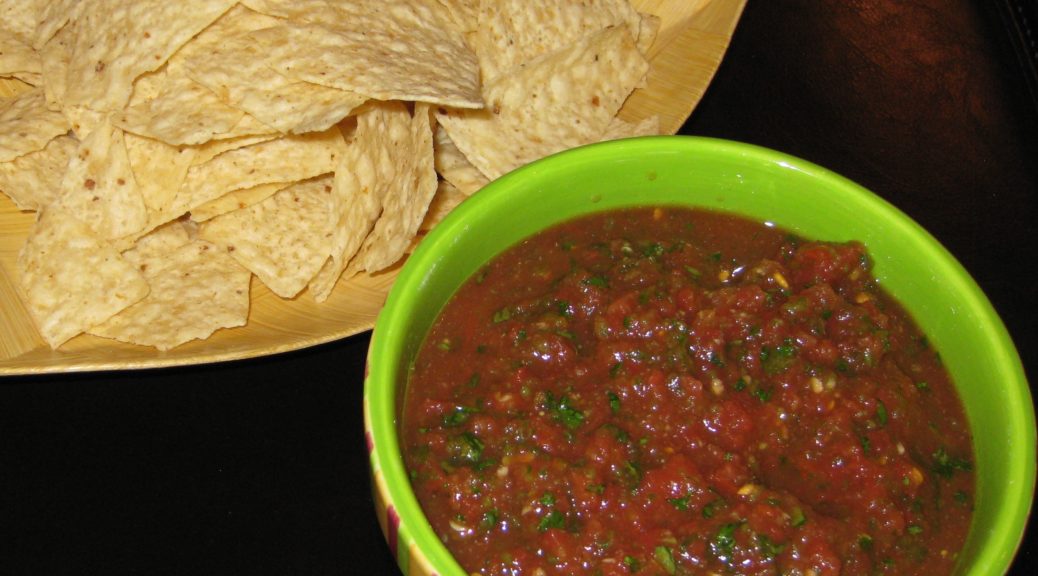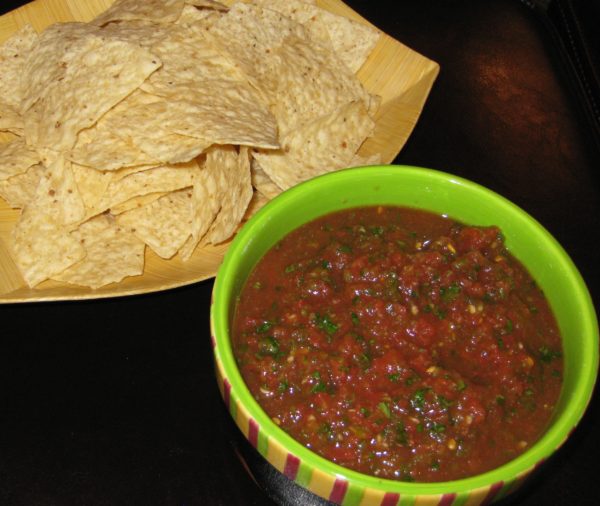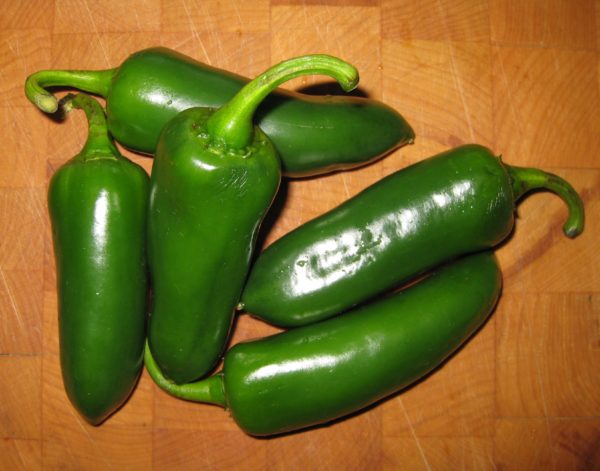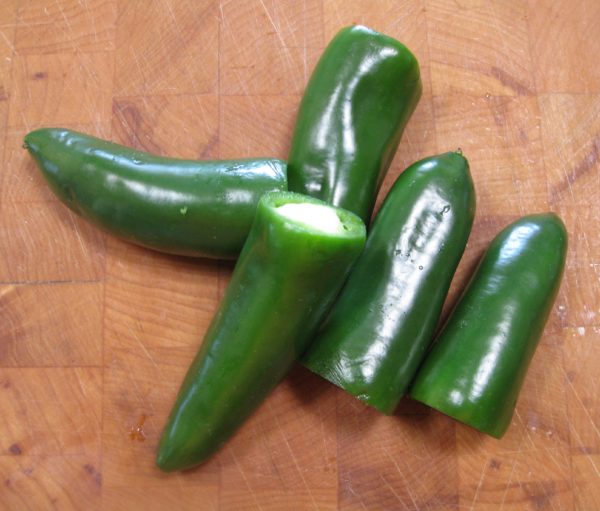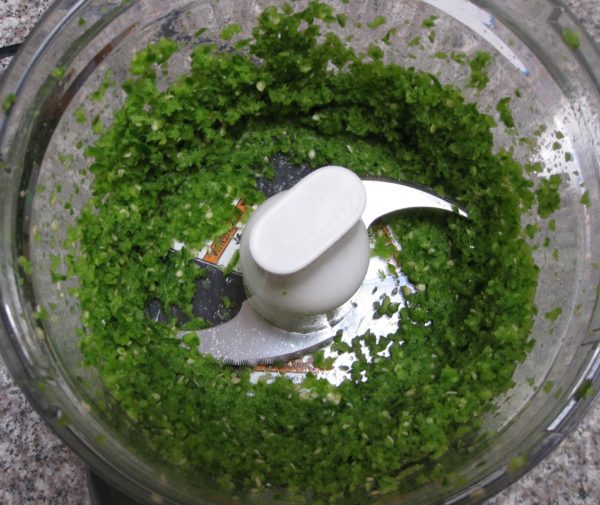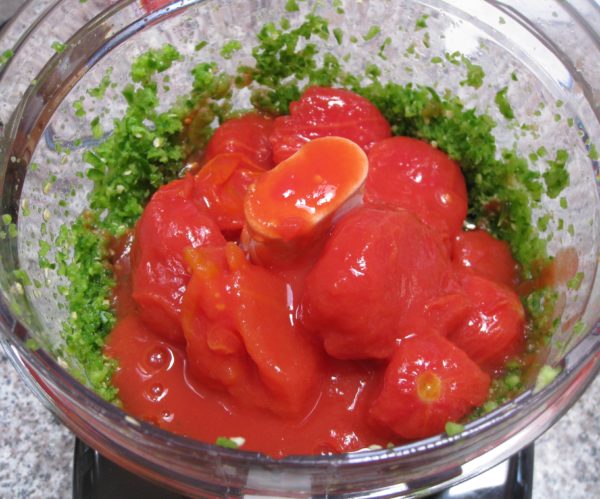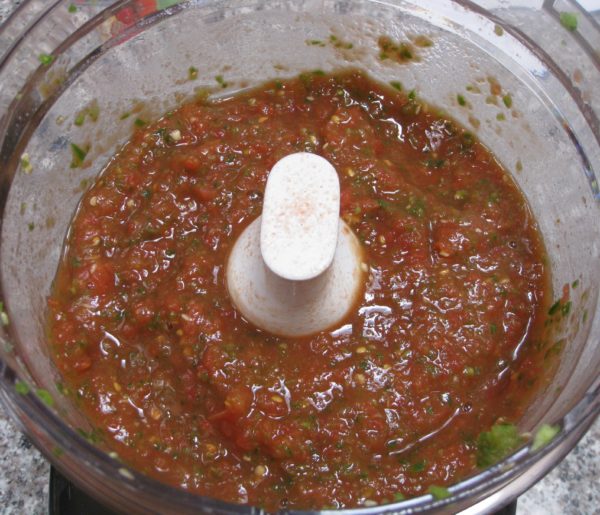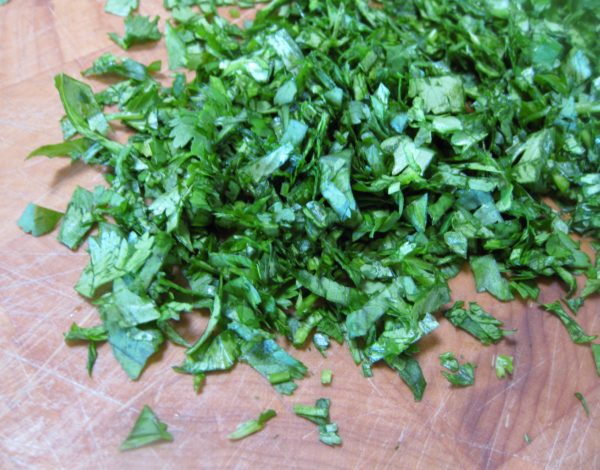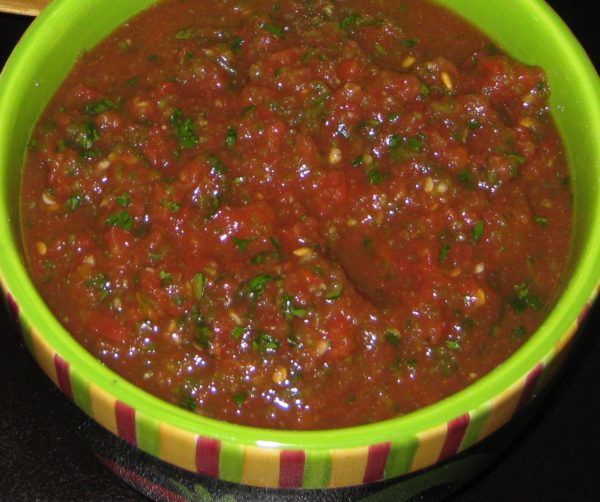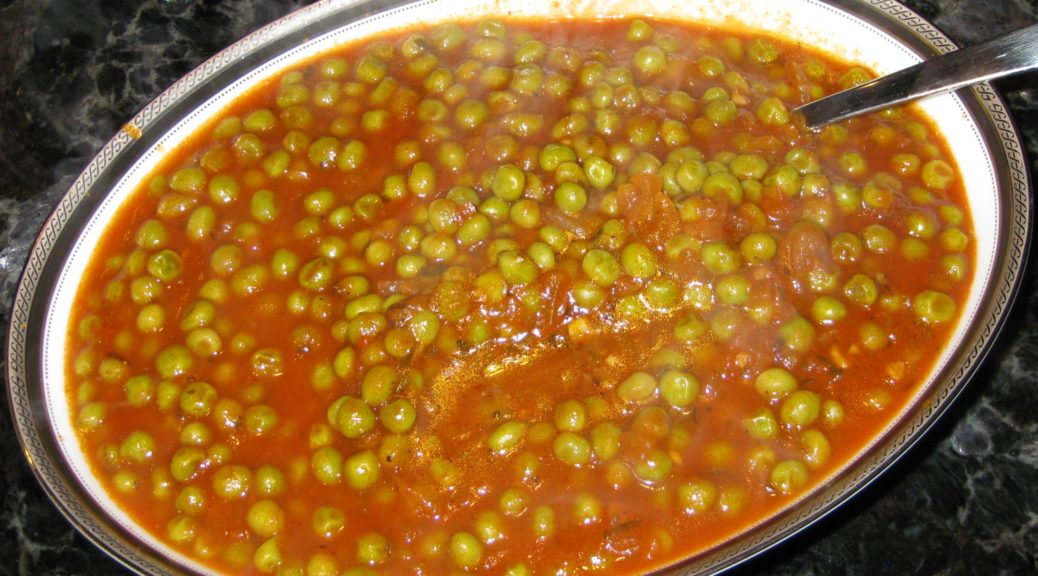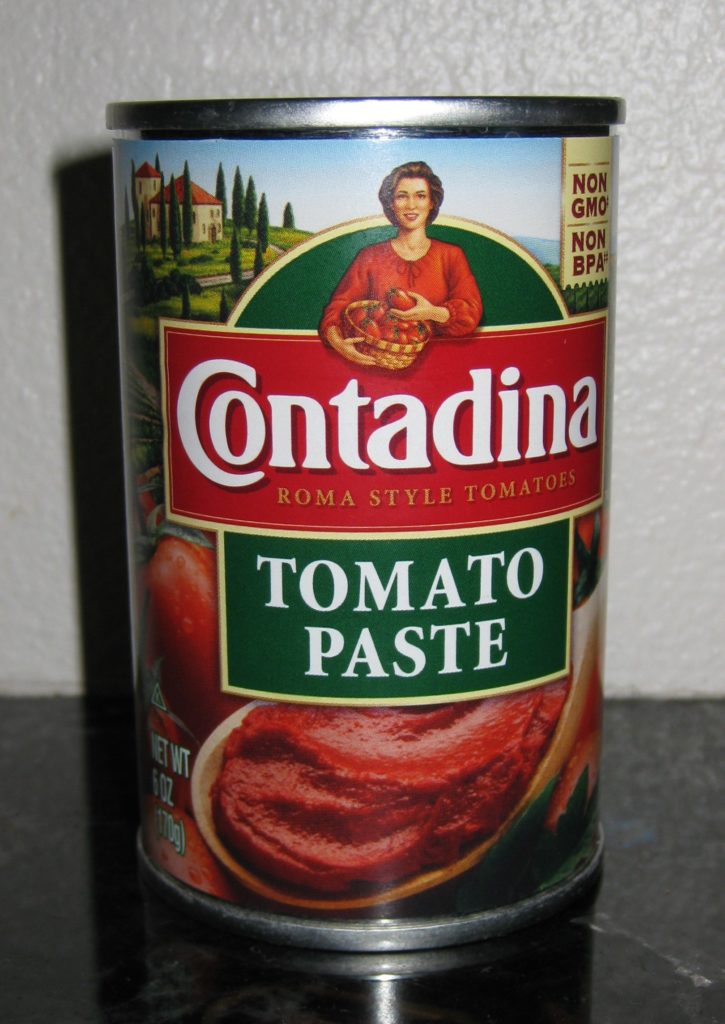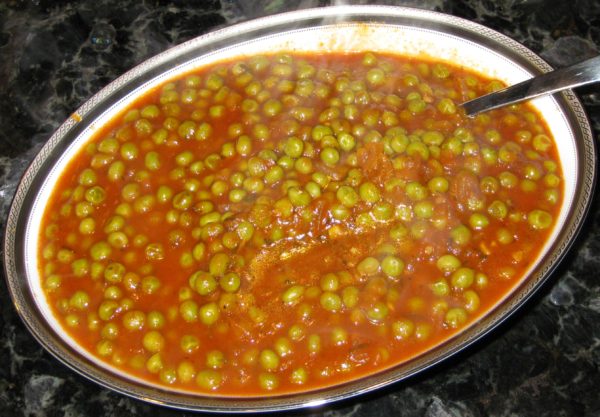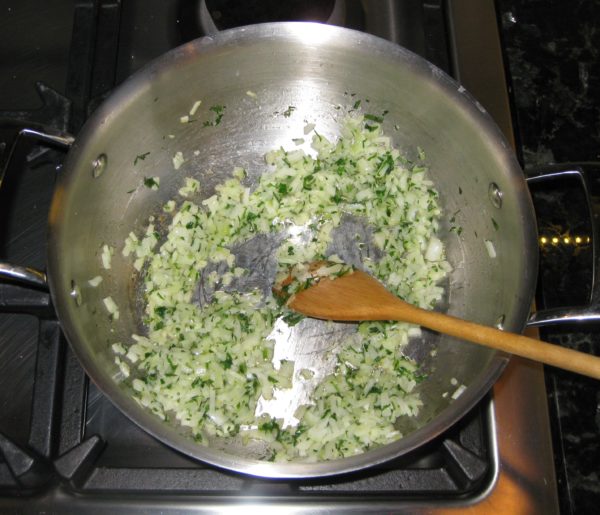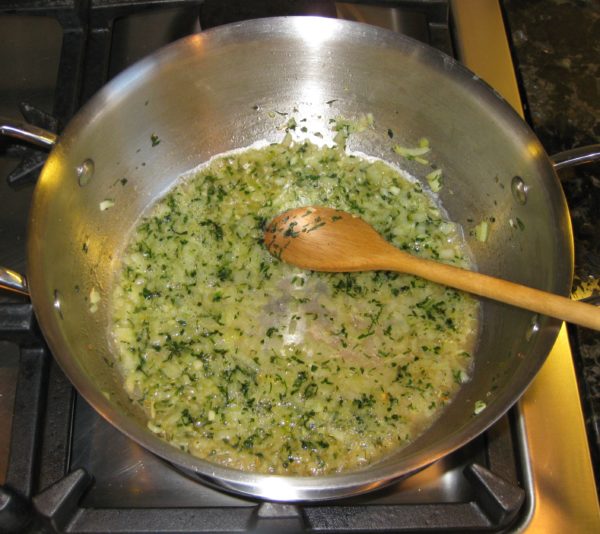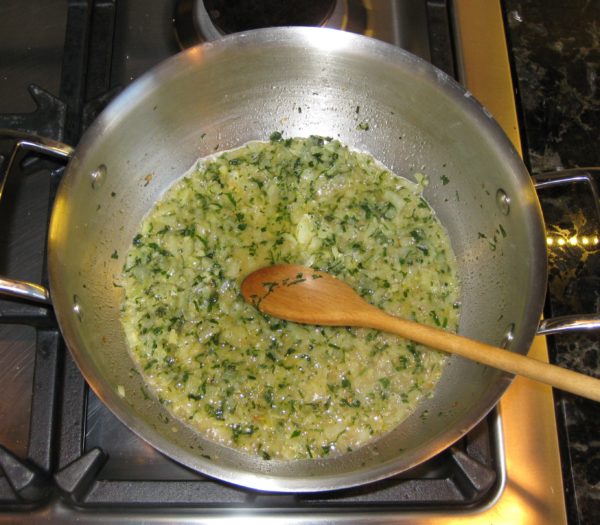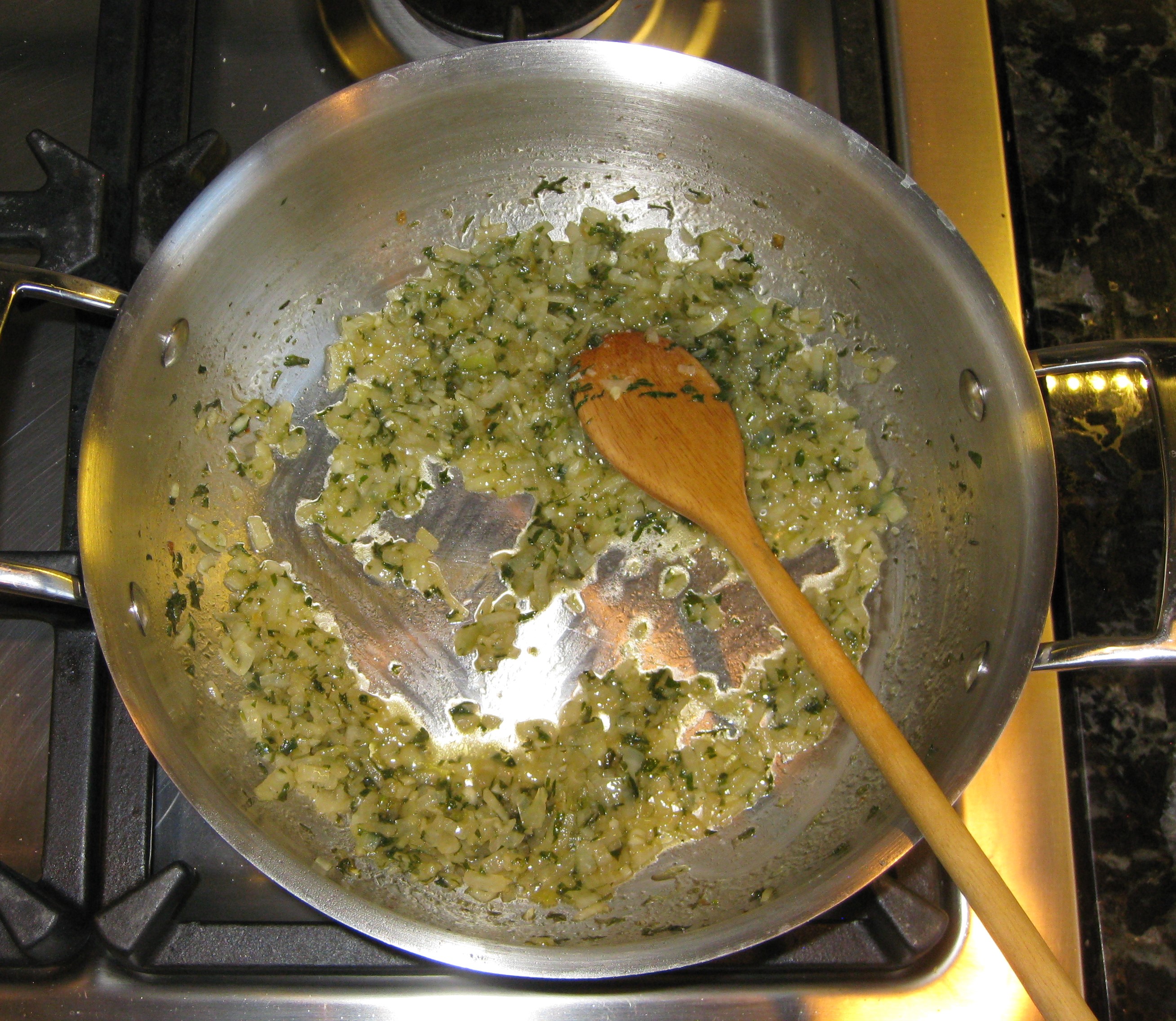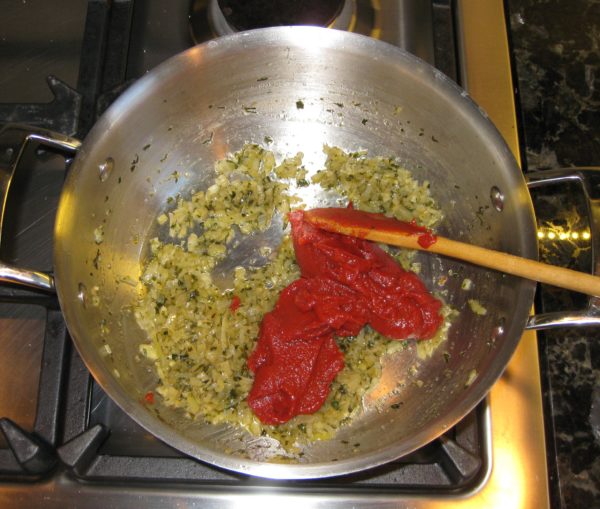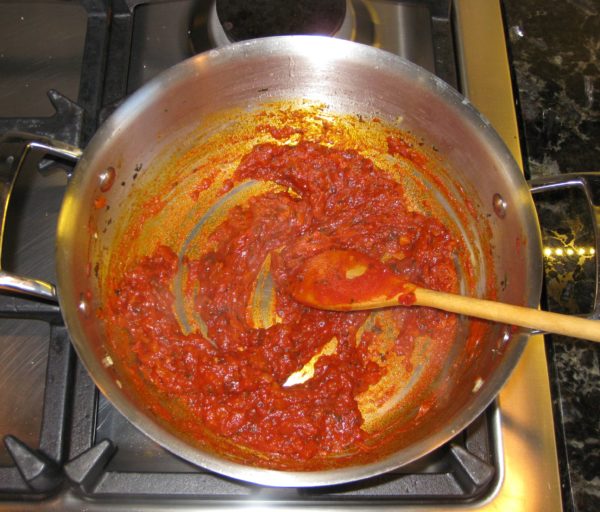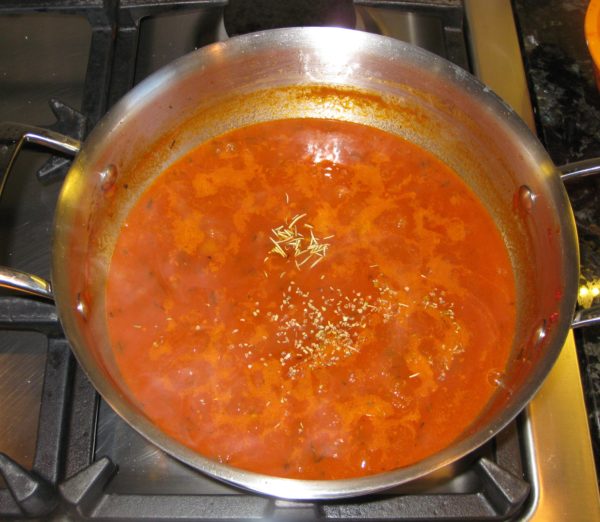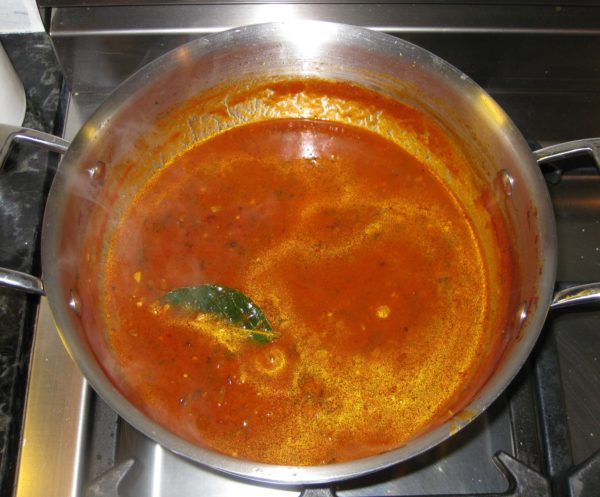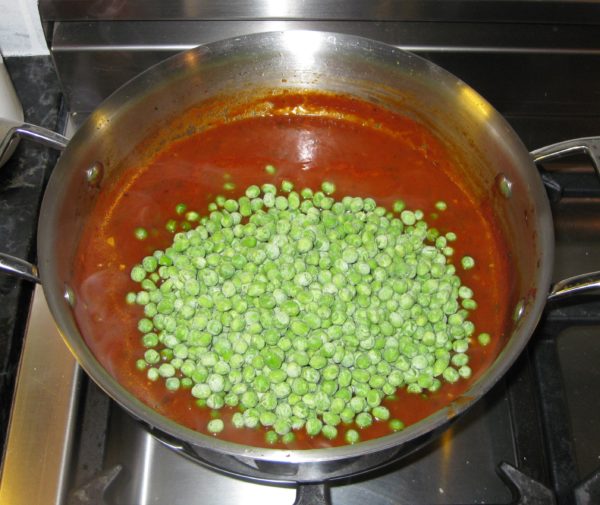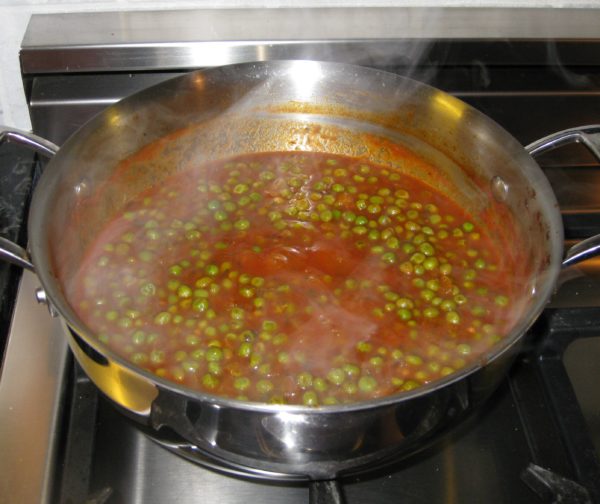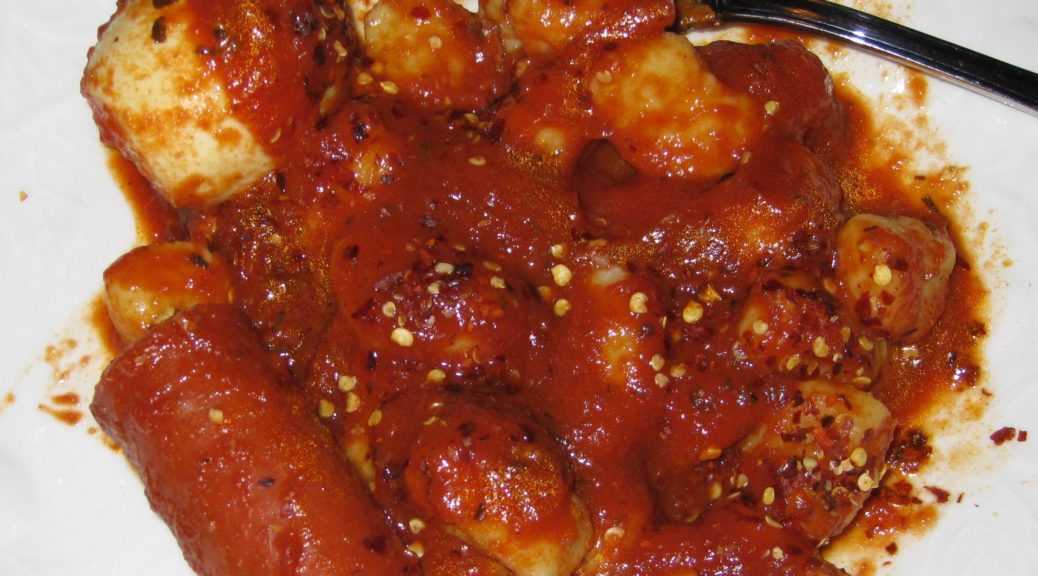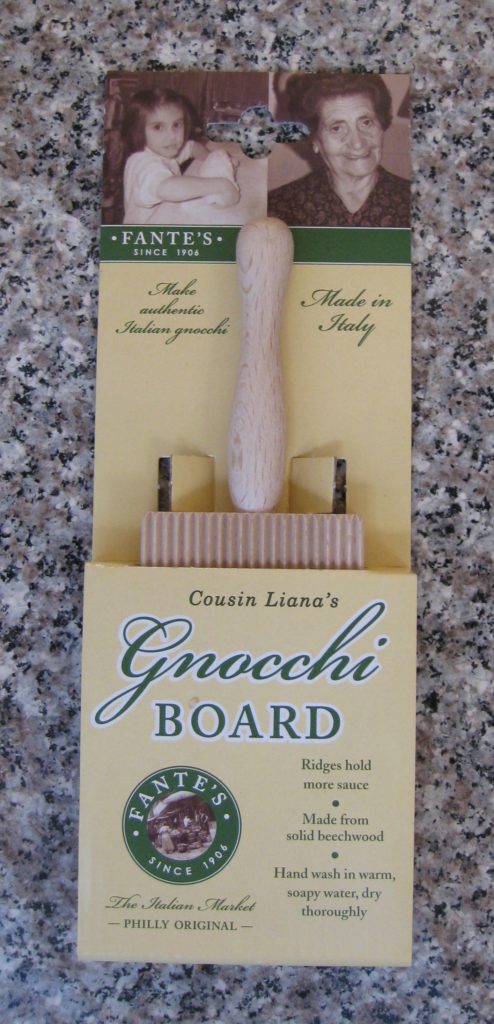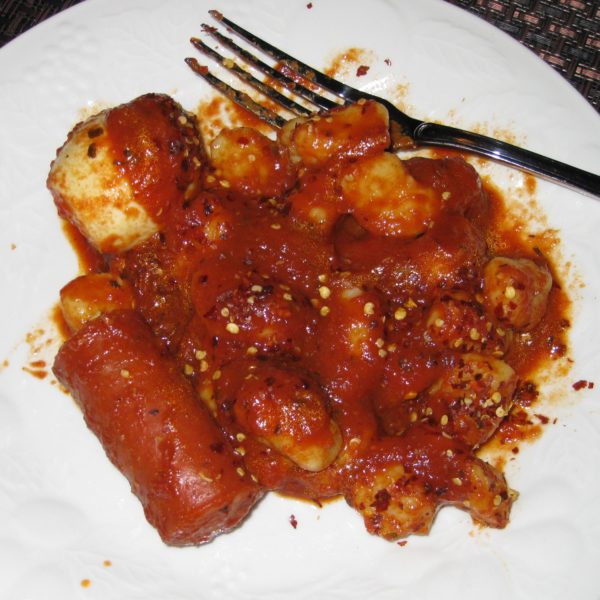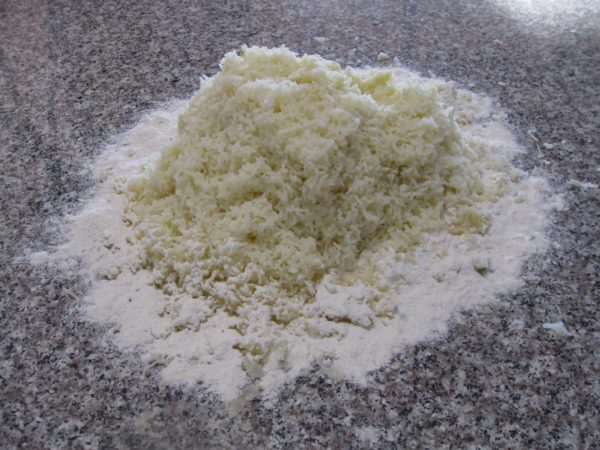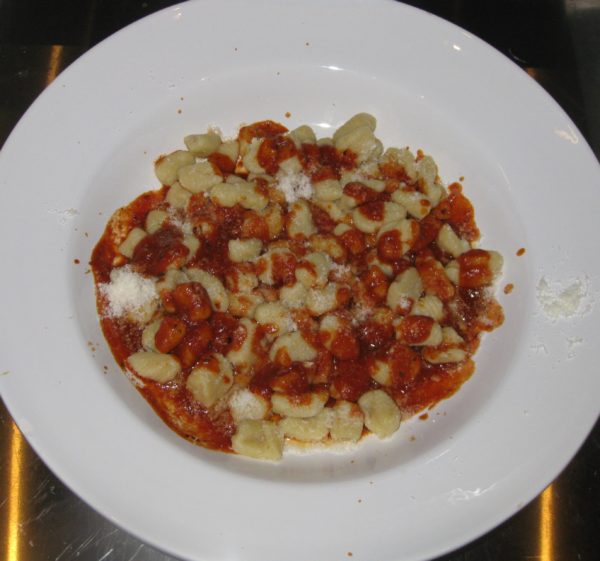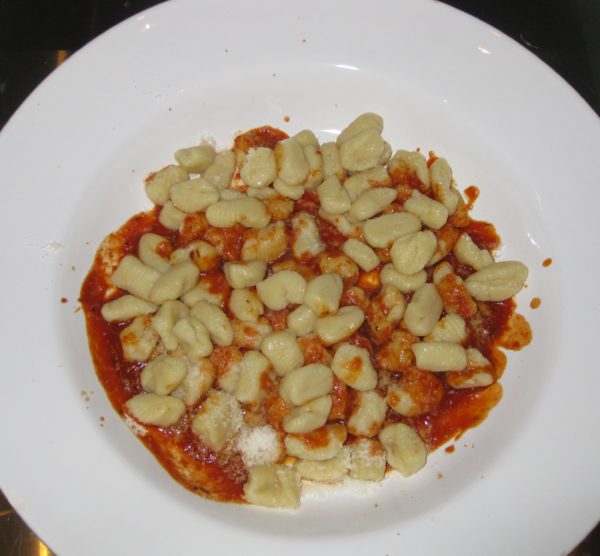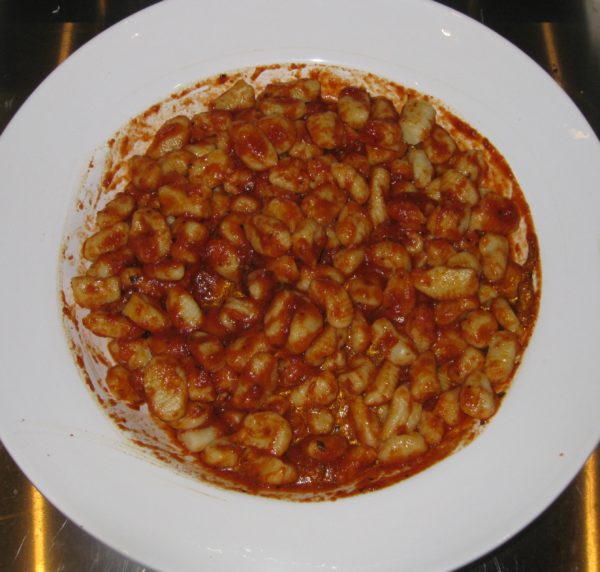April 30, 2018
The largest ethnic group in Guyana is comprised of those of (East) Indian descent. When I was there in the 1970s and 1980s, Indians represented just over half of the population. As of the 2002 census, those of Indian descent represent just over 43 percent of the population.
Other demographic groups in Guyana include those of African, Chinese, Western European, and mixed descent. Amerindians are now a very small percentage of the population.
The cuisine of Guyana reflects its multicultural population. Curry is very popular as is roti, Indian-style flatbread. Chinese-style fried rice is a restaurant staple. A typical Sunday dish is Portuguese-derived garlic pork. British-style baked goods are popular, especially black cake around Christmastime.

A quick internet search demonstrated to me that the restaurant scene in Guyana has changed dramatically since my visits there. In the 70s and 80s, restaurants were, for the most part, very basic affairs. There were just a few that rose above “basic” but even they were challenged to produce really good food because of the limitation on imported foodstuffs.
Click HERE to join our mailing list and you’ll never miss a recipe again!
Food prepared at home was generally of a better quality, and certainly displayed more variety, than what was available in restaurants “back then.” And, while in any given household there may be more foods reflective of the particular demographics of that household, popular dishes like curry, fried rice, garlic pork, and black cake are prepared in pretty much every household. They have really become Guyanese dishes, regardless of their ethnic origins.
My last trip to Guyana was in early 1981. I finished medical school around the end of January and went to Guyana to work on the psychiatric unit at the public hospital in Georgetown, the capital, before beginning my internship at the Hospital of the University of Pennsylvania in mid-June. At that time there was one psychiatrist who worked for the government of Guyana and one psychiatrist in private practice. The government psychiatrist, who lived a significant distance from Georgetown, was also responsible for overseeing the long-term psychiatric unit in Fort Canje, now referred to as the National Psychiatric Hospital.
Follow us on your social media platform of choice
The day I arrived at the public hospital in Georgetown, the psychiatrist was a no-show. He then made it clear that he had no intention of coming to the hospital for the duration of my stay. At the age of 26, just having finished medical school and not having done an internship, let alone a residency, I became the de-facto psychiatrist for the public hospital!

The psychiatric unit consisted of four rooms (plus two bathrooms) on the upper floor above the morgue. The psychiatrist’s office (my office) was the entry point to the unit. Behind the office was a very small nurses’ station. There were two large wards, one on each side of the nurses’ station. Each has eleven beds and no privacy. One ward was for men and one for women. Though we only had 22 beds, our census was often double that. There was no option to add beds so patients often slept two to a bed.
In general, male patients were attended to by male nurses and female patients by female nurses.
There was also a very, very busy outpatient clinic staffed by myself and three social workers.
The male nurses started including me in some of their evening social gatherings. I remember a few held at the home of one of the nurses who was of Indian descent. We basically sat around talking, drinking rum, and eating. My love of spicy Indian food was met with amazement. The fact that I could eat incendiary atchar was sort of beyond belief.
Whenever these gatherings happened, it was just us guys. Wives and girlfriends stayed away, even the wife of whomever was hosting the party (even though she would have prepared most if not all the food!).
When I was in Guyana, pre-mixed curry powder was the norm in cooking. This recipe reflects that tendency. When I made Indian food frequently, I would keep one or two types of homemade curry powders on hand as a quick solution to a weeknight meal. For this recipe, feel free to use a good quality commercial curry powder.
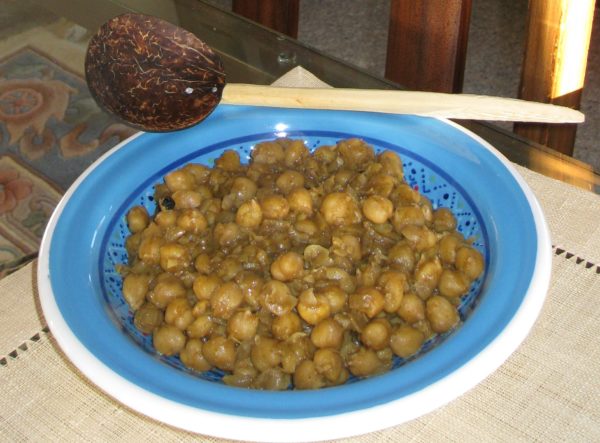
| Prep Time | 10 minutes |
| Cook Time | 30 minutes |
| Servings |
people
|
- 3 1/2 cups cooked chickpeas
- 2 tablespoons butter
- 1/2 medium onion diced
- 2 cloves garlic minced
- Habanero or Scotch Bonnet pepper minced, to taste
- 2 tablespoons Indian-style curry powder
- 1 1/2 cups liquid either water, chickpea cooking liquid or liquid from canned chickpeas
- 1 tablespoon lime juice preferably from Mexican or Key limes
- salt to taste
- black pepper freshly ground, to taste
Ingredients
|

|
- Sauté the onion in butter until translucent.
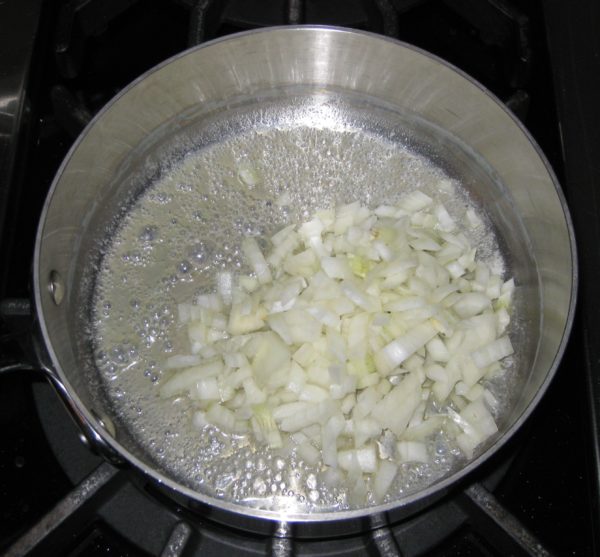
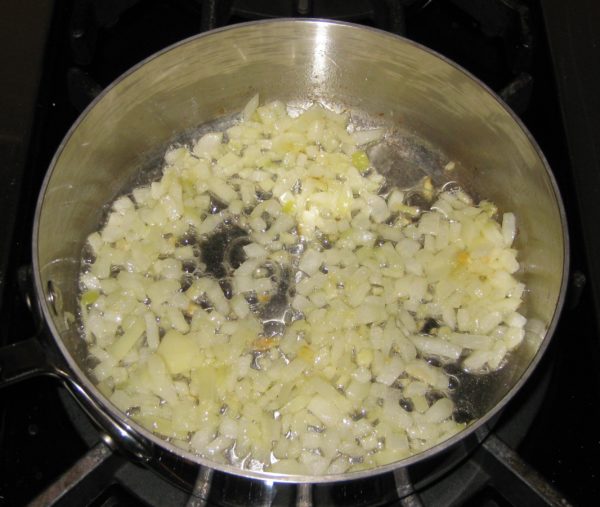
- Add the garlic and minced hot pepper.
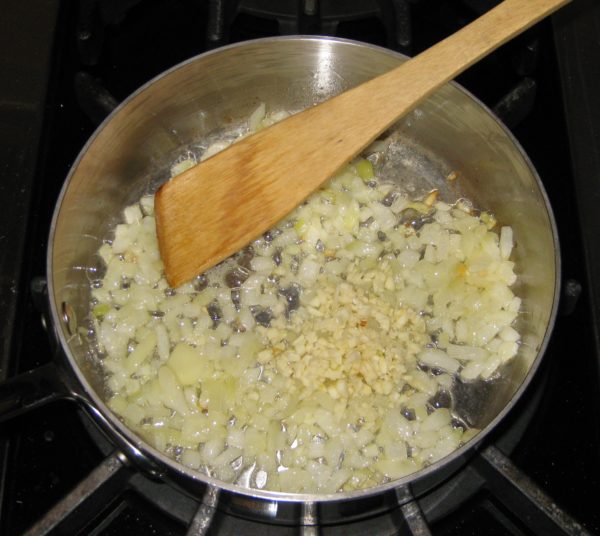
- Continue sautéeing until the onion is golden and the garlic is fragrant.
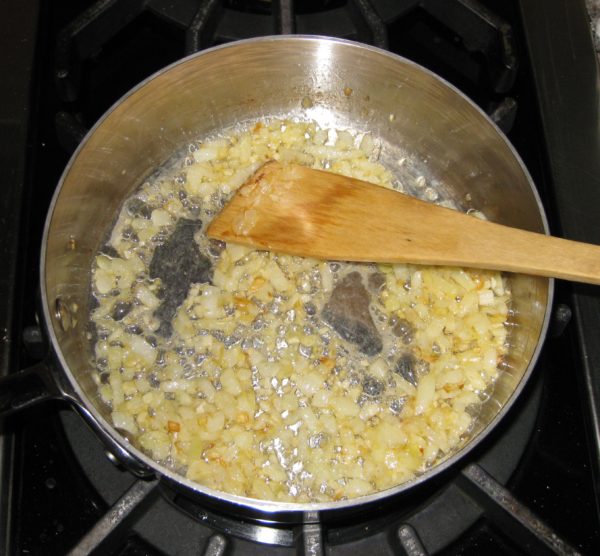
- Add the curry powder.
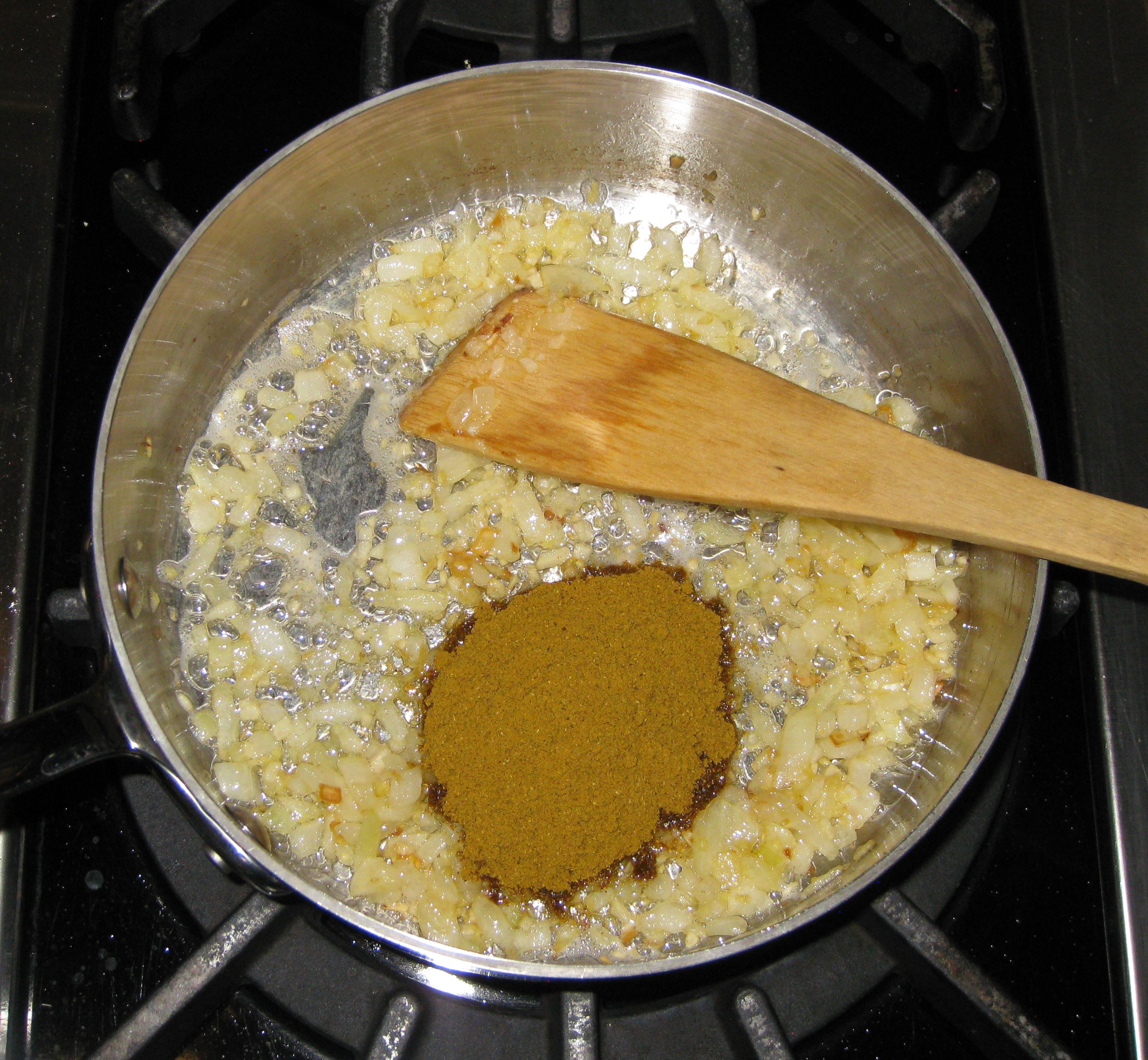
- Sauté 2-3 minutes, stirring frequently, until the raw smell is gone.
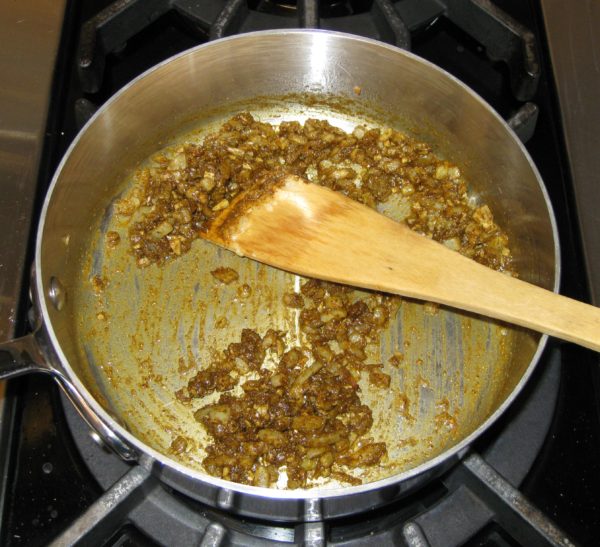
- Add the liquid.
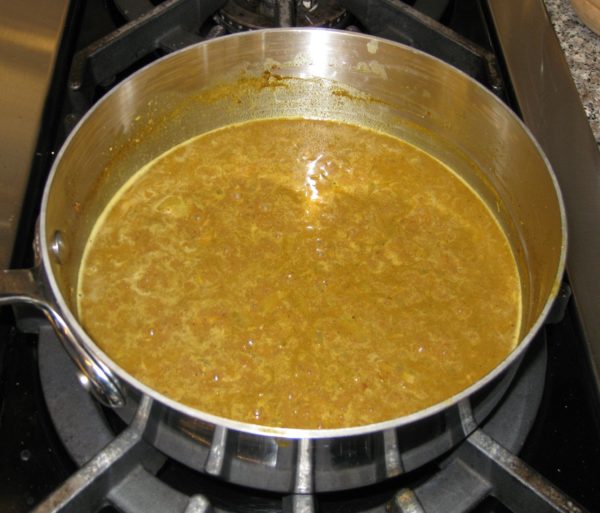
- Bring to a boil and simmer approximately 20 minutes to develop flavor.
- Add the chickpeas.
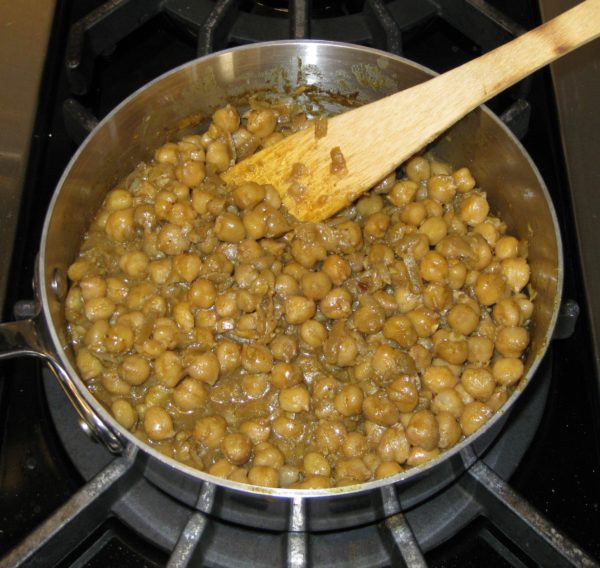
- Simmer 10-15 minutes, stirring frequently. The chickpeas should be almost dry by the end.
- Adjust salt and pepper while cooking.
- Off the heat and stir in the lime juice and serve

Copyright © 2018 by VillaSentieri.com. All rights reserved.

